I eat a lot of pasta -- specifically pesto pasta. Pesto is by far one of my favorite sauces to add to a variety of things. It can be spread on a sandwich to add delicious flavor, you can put it in an omelet, use it as a pizza sauce, and of course, put it on your pasta. Pesto is a versatile herb sauce that really adds a lot of pop and flavor to every bite you take. If I had to pick a sauce to eat for the rest of my life, it would be pesto. And the best kind of any food is homemade -- we all know that.
Every spring my family plants basil seeds and by the end of the summer we have jars and jars of green pesto to enjoy for months to come. It’s easy to make and can be frozen and stored for long periods of time to be enjoyed at a later date. I love to share my pesto with others because everyone can appreciate how amazing food is and pesto often makes it even better. It’s relatively easy to make, even in a dorm or an apartment, so I’ve decided to share my family's process of making pesto from the very beginning, all the way to the final product.
Ingredients
Here is a simple list of the ingredients you will need for homemade pesto (yields 1 cup):
- 2 cups of basil leaves
- 2 cloves of garlic
- ¼ cup of pine nuts
- 2/3 cup extra-virgin olive oil, divided
- Kosher salt and freshly ground pepper
- ½ cup of fresh parmesan
- X jars to store the pesto in
Growing Basil
Basil, like most herbs, is fairly easy to grow, both indoors and outdoors. There are pros and cons to both approaches. Growing them outdoors usually ensures that the plant grows bigger and you get more bang for your buck, but growing them indoors keeps away the slugs and insects that also want to eat your delectable plants. Personally, my family grows indoors just to avoid the insect problem and this is this the route you would want to go if you live in a dorm or an apartment (just make sure they will have plenty of sunlight available for them). You’ll want to buy either sweet basil or Genovese basil seeds and little pockets of soil to put the seeds in. We then put the soil pockets in a tray by a large window where they will remain for quite some time. There is a cover to put on top of the tray for the first couple weeks, creating a mini greenhouse for the seeds to grow in.
The best time to start growing basil is right as spring is beginning, but you can still get good results even if you start in the summer (latest planting start should be the end of June). Make sure the plants have plenty of water (but don't drown them) and lots of sunlight. Once your basil plants have reached about a foot tall and the leaves are nice and big, you can cut the leaves off. Wash the leaves and set them aside.
Putting It All Together
Once your basil is ready, you’re going to combine it with the garlic and pine nuts in a food processor. When the mixture is coarsely chopped, add the oil and continue to blend until it is smooth. Add some salt and pepper for seasoning. Now you can either eat it immediately or store it for later, or do a little bit of both. If you want to store it, make sure you have an air-tight container to keep the pesto in the freezer with. It’s really as simple as that!
So get that pasta or toast reader and enjoy this pesto as much as I have! Bon appetite!


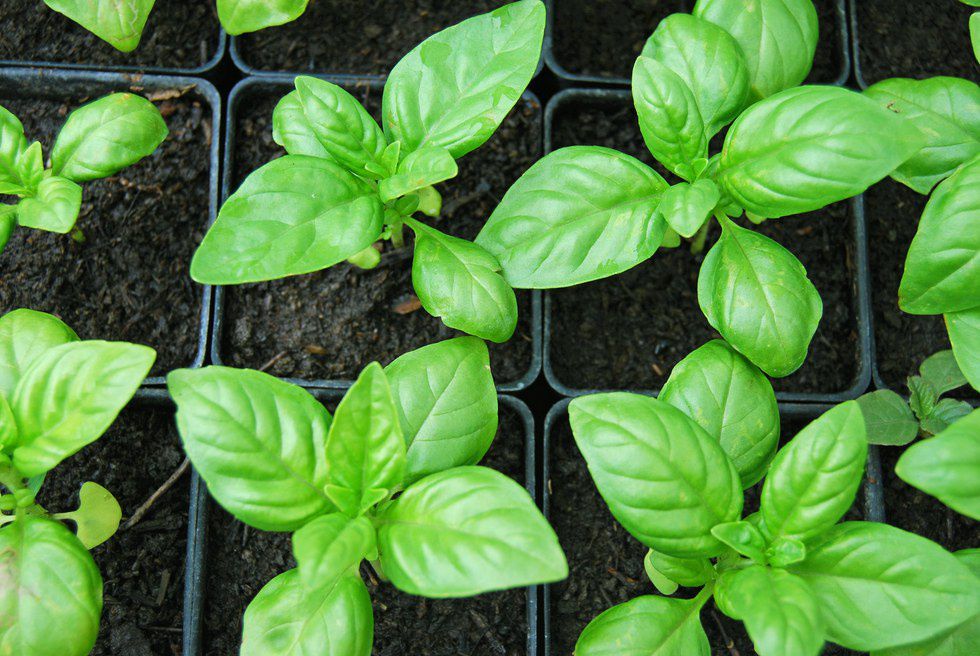





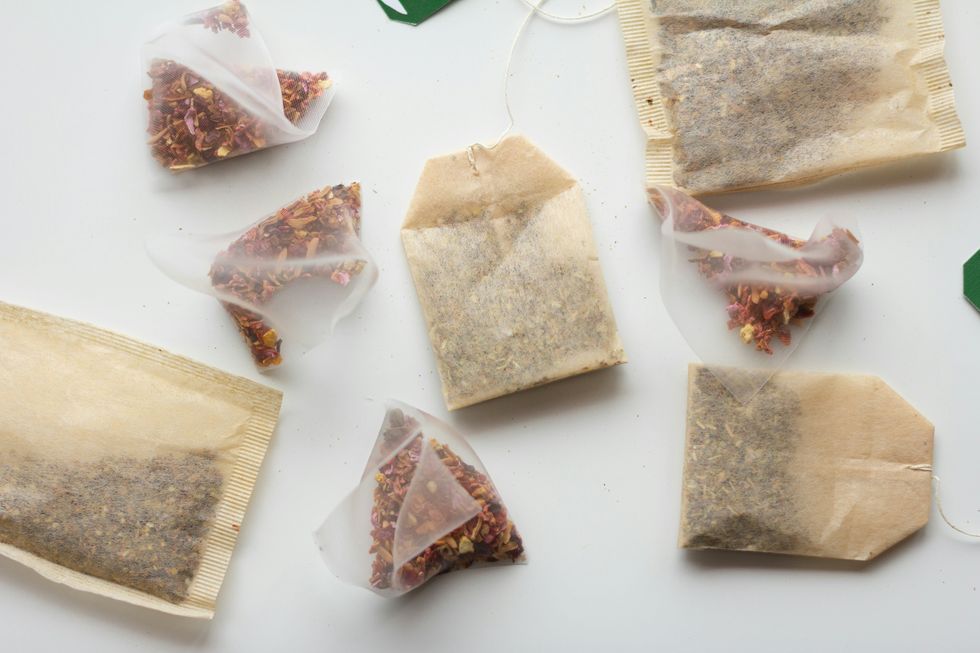
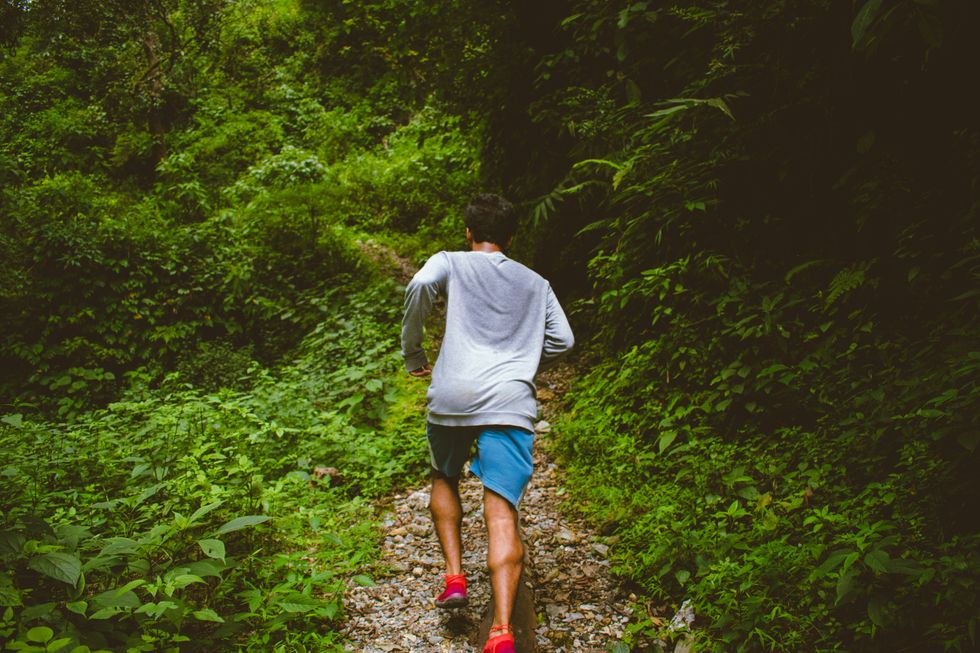 man running in forestPhoto by
man running in forestPhoto by 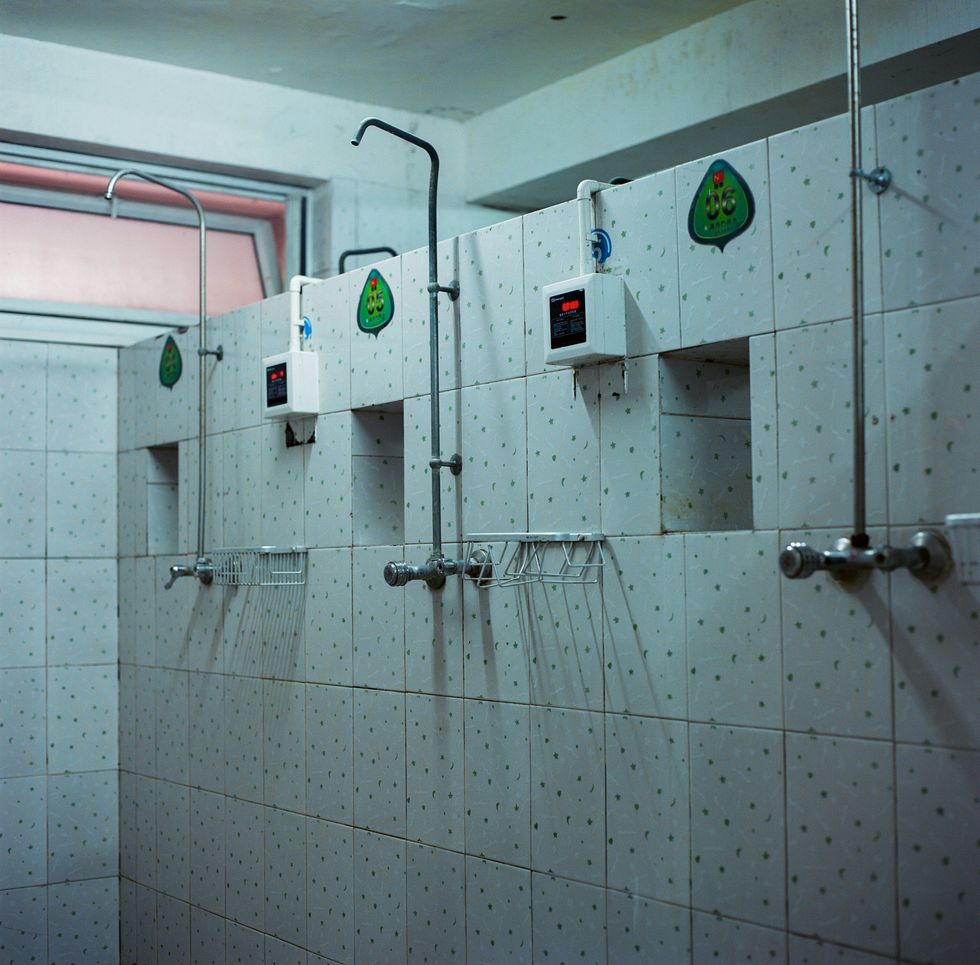
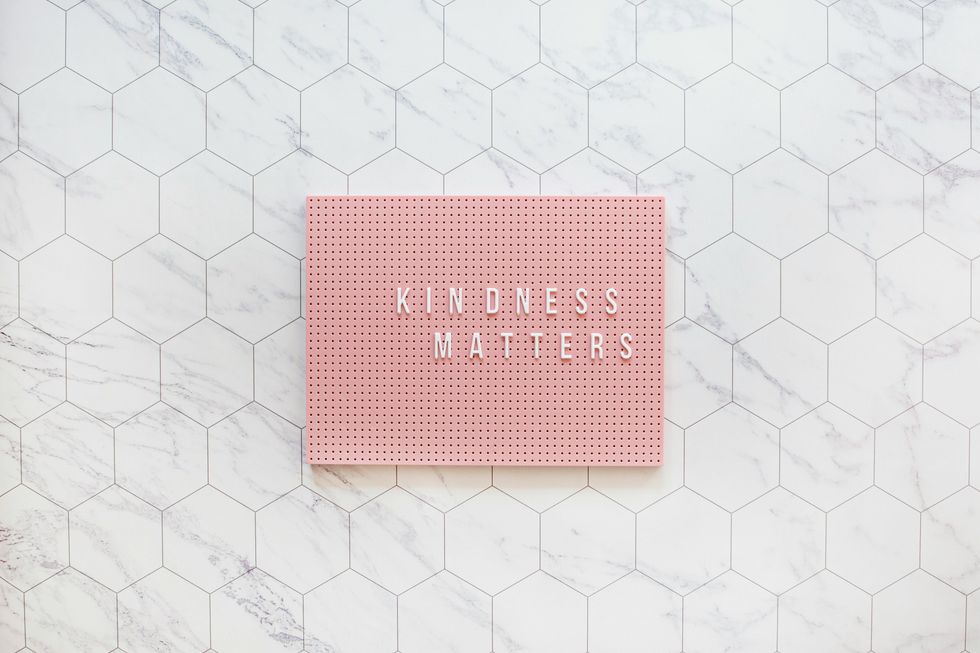




 "I thought you knew what you signed up for."
"I thought you knew what you signed up for." man and woman in bathtub
Photo by
man and woman in bathtub
Photo by  four women sitting on black steel bench during daytime
Photo by
four women sitting on black steel bench during daytime
Photo by  Uber app ready to ride on a smartphone.
Photo by
Uber app ready to ride on a smartphone.
Photo by  woman in red tank top and blue denim shorts standing beside woman in black tank top
Photo by
woman in red tank top and blue denim shorts standing beside woman in black tank top
Photo by 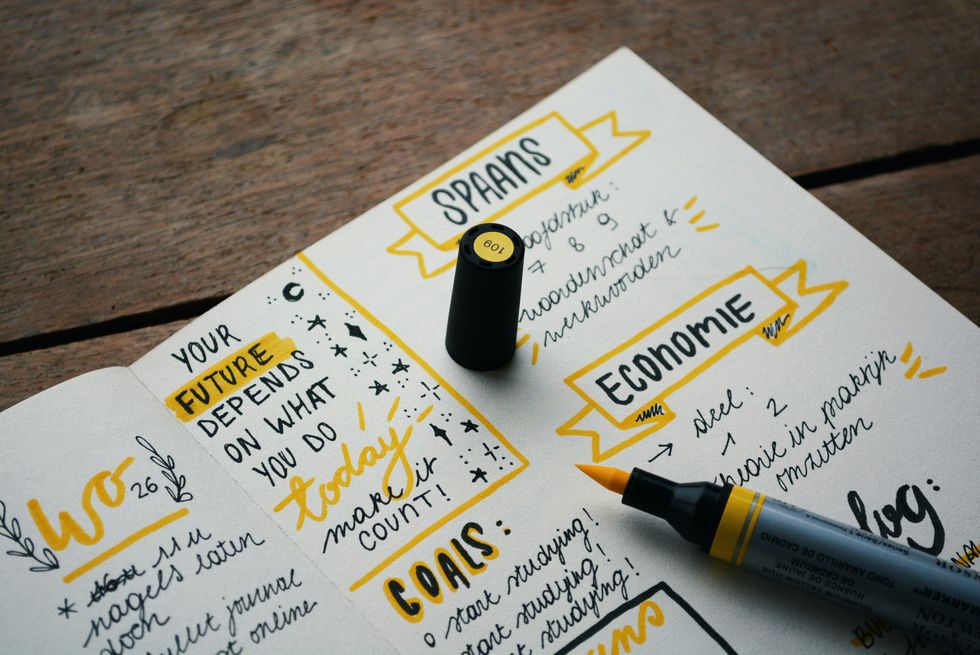 blue marker on white printer paper
Photo by
blue marker on white printer paper
Photo by  welcome signage on focus photography
Photo by
welcome signage on focus photography
Photo by  woman in white and black striped long sleeve shirt lying on bed
Photo by
woman in white and black striped long sleeve shirt lying on bed
Photo by 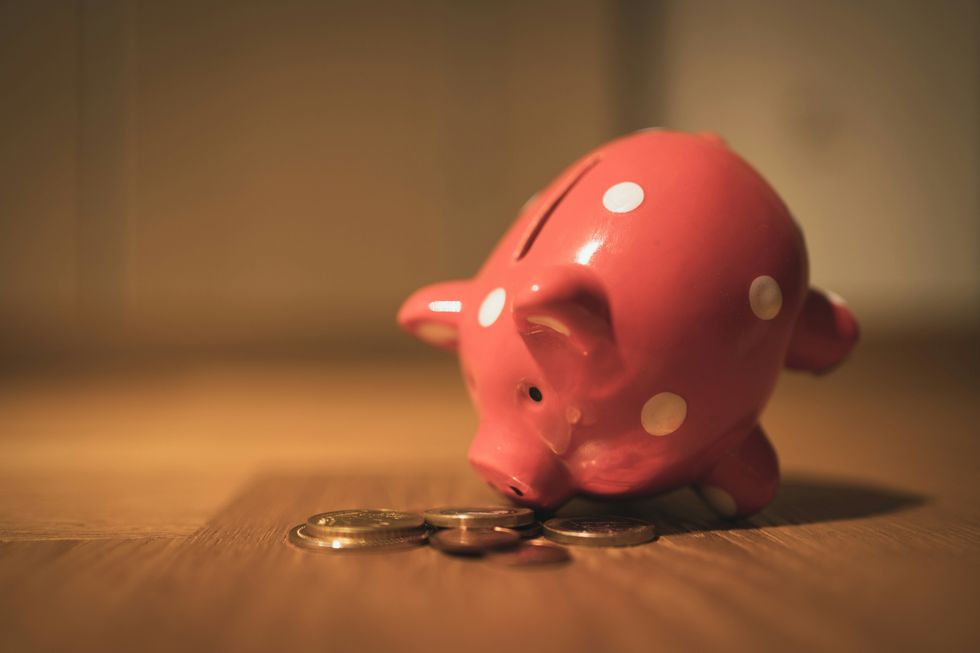 pink pig coin bank on brown wooden table
Photo by
pink pig coin bank on brown wooden table
Photo by  person holding iPhone 6 turned on
Photo by
person holding iPhone 6 turned on
Photo by 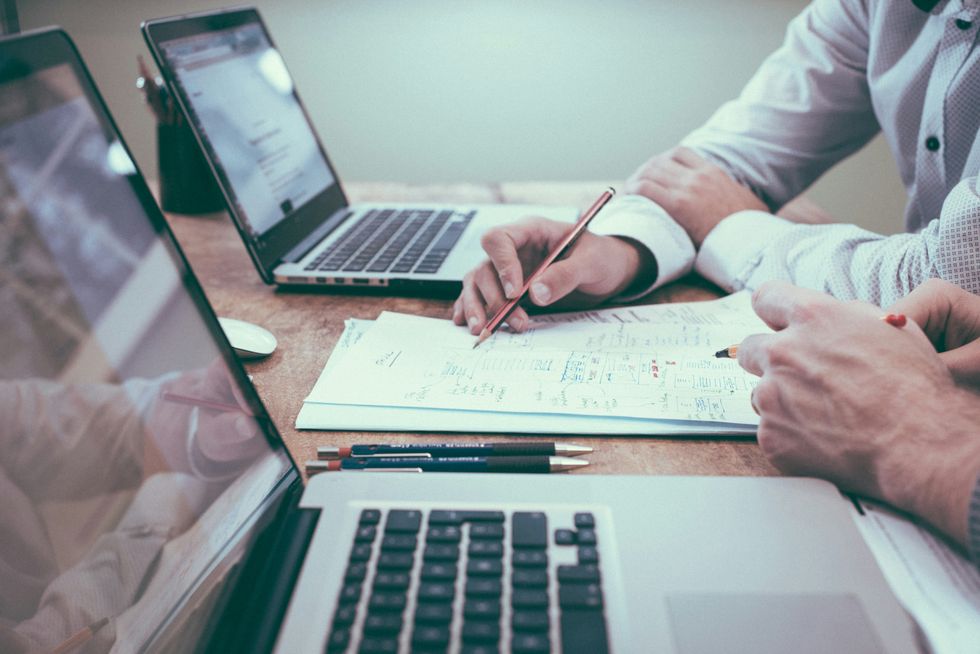 person holding pencil near laptop computer
Photo by
person holding pencil near laptop computer
Photo by  person slicing vegetable
Photo by
person slicing vegetable
Photo by 
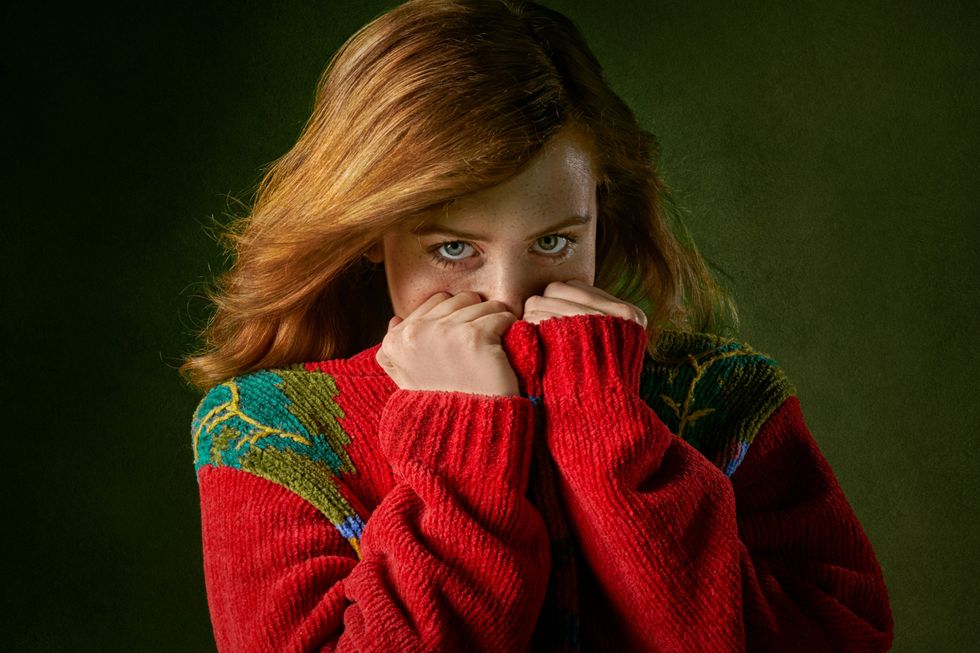 woman covering mouth with sweater
Photo by
woman covering mouth with sweater
Photo by  person holding remote pointing at TV
Photo by
person holding remote pointing at TV
Photo by  a woman with her arms raised in a crowd of people
Photo by
a woman with her arms raised in a crowd of people
Photo by  "Shocked disbelief: '95% of the population is undateable?'"
"Shocked disbelief: '95% of the population is undateable?'"








